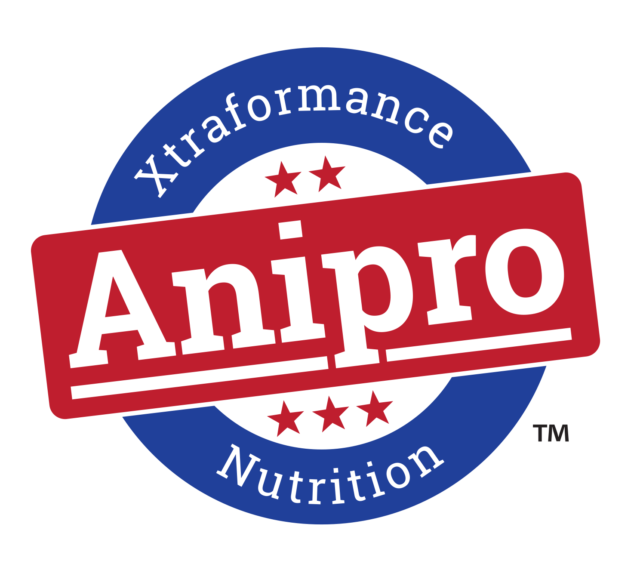Several types of assets can be transferred through a beneficiary designation form, including bank accounts, investment accounts, retirement accounts, life insurance policies, annuities and, in some states, even real property such as land and vehicles.
Types of beneficiary designations
1. Payable on death accounts – Bank accounts and securities
By completing a payable on death (POD) form, bank account holders designate who will receive the money in their account upon their death. A POD can be set up for checking and savings accounts, money market accounts and certificates of deposit. Upon the account holder’s death, the beneficiaries listed on the POD will receive the funds without having to go through probate on the account.
POD designations can also be used for investment securities such as stocks, bonds, mutual funds and exchange traded funds. When used on investment securities accounts, they are generally referred to as transfer on death (TOD) designations. Both POD and TOD accounts work the same way and allow a beneficiary to avoid probate on account proceeds.
2. Transfer on death deeds – Real property
A transfer on death (TOD) deed enables an owner of real property to execute a deed naming people who will receive title to the property upon the owner’s death. Just like a regular deed, a TOD deed must be prepared, signed, notarized and recorded. In addition, a TOD deed must indicate it will not go into effect until the owner’s death.
Unlike regular deeds, TOD deeds can be revoked because the beneficiary does not receive a present interest in the property. When the property owner dies, the beneficiary will receive title to the property without having to go through probate.
3. Retirement account beneficiary designations
When an IRA, SEP, simple IRA, 401(k) or other qualified retirement plan is created, the owner of the account is asked to complete a beneficiary designation form designating who the money in the account should go to when they die. Just like the POD and TOD, beneficiaries of retirement plans receive proceeds without having to go through probate.
4. Annuity beneficiary designations
Annuity owners complete a beneficiary designation indicating who will receive the value of their annuity – or the annuity payments that remain – after the death of the annuitant. The beneficiaries must be named in the annuity contract and can be changed at any time, unless the designation is irrevocable. Beneficiaries of annuities also avoid probate on annuity proceeds.
5. Life insurance beneficiary designations
The owner of a life insurance policy also names a beneficiary or beneficiaries who will receive the proceeds of their policy when the insured person dies. As long as a person is listed as the beneficiary, the proceeds will bypass probate. If the insured person’s estate is listed as the beneficiary, the heirs entitled to the proceeds may needlessly be subject to probate. Life insurance proceeds are generally received income tax-free.
Depending on how a life insurance policy is owned, the proceeds from a policy may not be included in the insured person’s estate when they die. It is very important to work with an experienced life insurance professional when purchasing life insurance to make sure the goals of your life insurance policy are achieved.
Beneficiary designations are part of an overall estate plan and should be made with the assistance of a professional adviser. Without an understanding of how beneficiary designations work in conjunction with other types of estate planning documents such as wills and trusts, costly mistakes can happen. ![]()
Chris Nolt is the author of the book Financial Strategies for Selling a Farm or Ranch and the owner of Solid Rock Wealth Management Inc. and Solid Rock Realty Advisors LLC, sister companies dedicated to working with families around the country who are selling a farm or ranch and transitioning into retirement. Visit Solid Rock Realty Advisors and Solid Rock Wealth Management for more information.

-
Chris Nolt
- Owner
- Solid Rock Wealth Management
- Email Chris Nolt







